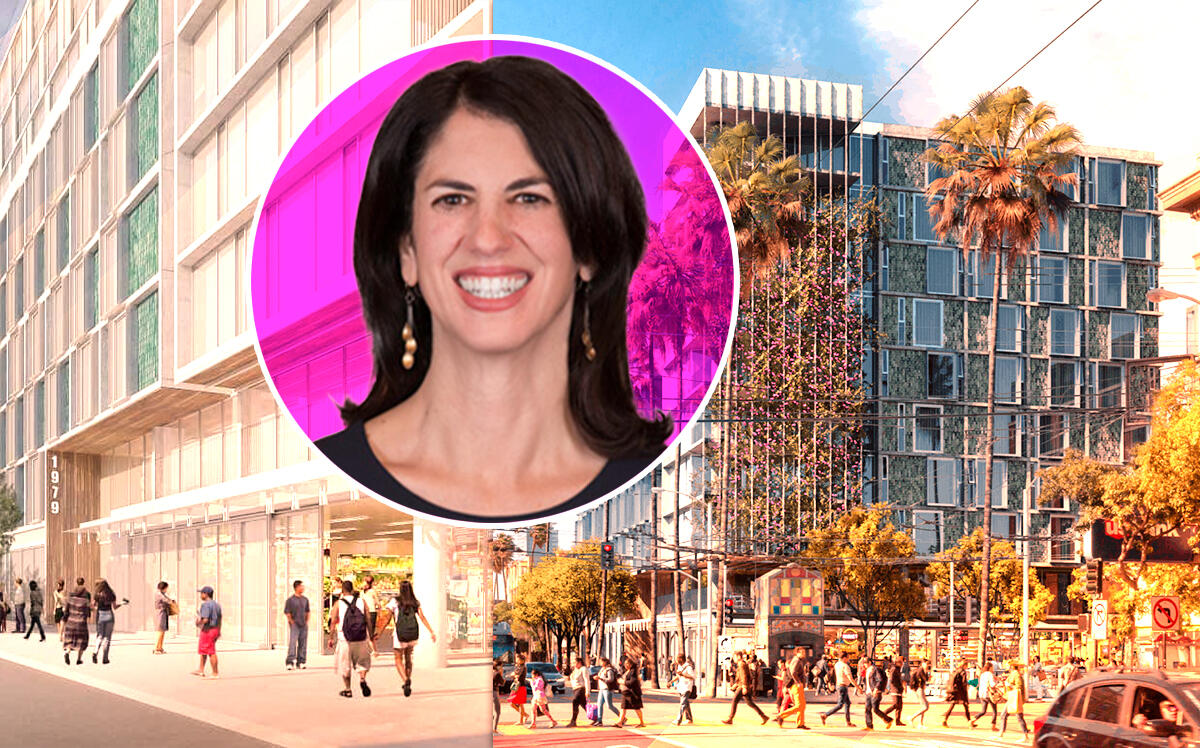The “Monster in the Mission” is poised to get tamed.
Developer Crescent Heights bought the site, at BART’s 16th Street Mission Station, for $42 million from Maximus Real Estate Partners and immediately gave it to the city, the San Francisco Chronicle reported. The Office of Housing and Community Development will now seek a nonprofit to build a mixed-use project for about 330 low-income households, the newspaper said.
“It’s not only a material victory but a symbolic one as well,” Hillary Ronen, a member of San Francisco’s board of supervisors, told the Chronicle. “For better or worse, that property became the symbol of the fight against gentrification in the Mission.”
With the quid came some quo: The deal satisfies Crescent’s affordable housing requirement for its approved 966-unit residential tower at 10 South Van Ness Avenue. That 55-story project will replace a former Honda dealership about half a mile from the city’s Civic Center.
The battle over the “monster” stretches back to 2013, when Maximus ignited protests with plans to turn the shuttered retail complex at 1979 Mission Street into 331 market-rate homes. The San Francisco developer immediately ran afoul with local residents, who said it would displace the area’s working-class Latino population and came up with the catchy nickname.
A coalition of neighborhood groups came out on top in 2020, when Maximus listed the property for sale, the San Francisco Business Times said. Maximus struck a deal with the city to sell it to Crescent on condition the developer donate it to the city as land for future affordable housing.
One concession: Crescent agreed to come up with the money to buy the site at least a year before it was required to do so under city guidelines. That was key to its negotiations with the city and the coalition of community groups, according to John Elberling of the Tenants and Owners Development Corporation. The corporation represented the groups along with Renne Public Law Group’s Julian Gross, the Chronicle said.
The Mission Street site, meantime, has become a place for drug deals and the sale of stolen goods, the Chronicle said. Ronen told the newspaper she’d start working immediately on temporary uses for the 57,000-square-foot former retail plaza, once occupied by a Walgreens.
“We need to improve the situation,” she said. “We need to enliven it and make it safer. We can’t start soon enough.”
[San Francisco Chronicle] — Matthew Niksa
Read more

